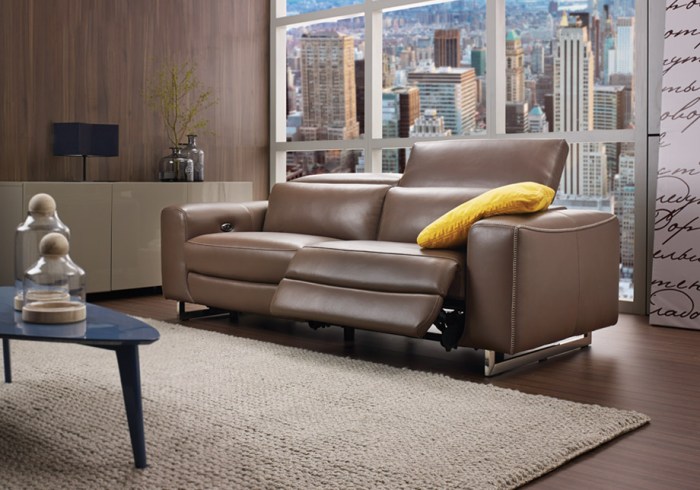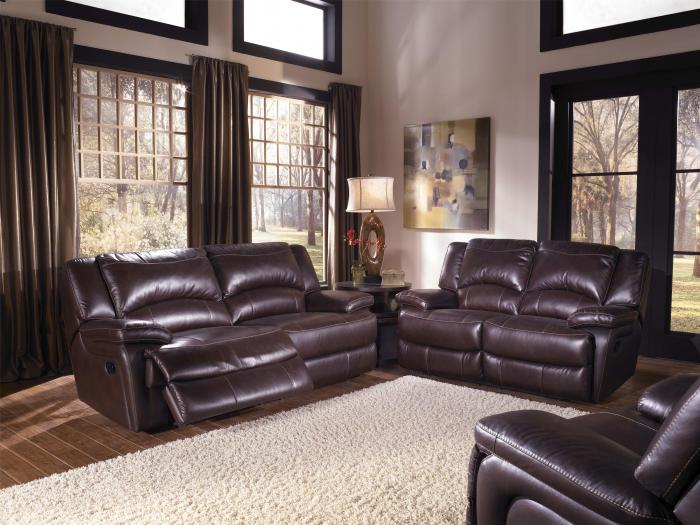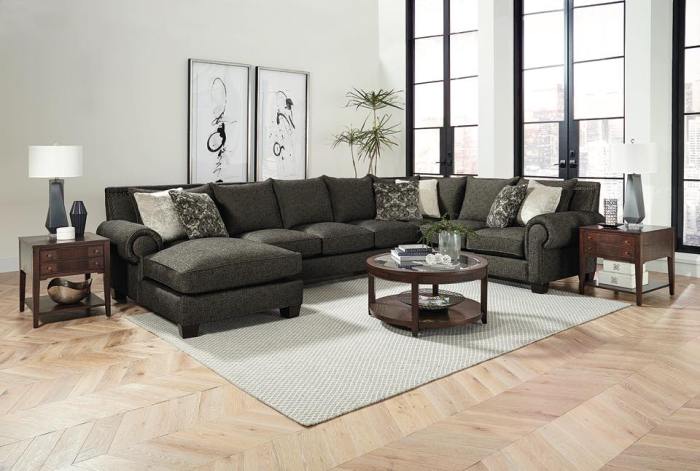Meble furniture reviews play a pivotal role in today’s digital landscape, empowering consumers and shaping brand perceptions. Join us as we delve into the world of furniture reviews, exploring their types, analysis methods, and the valuable insights they provide for businesses.
From product-specific critiques to comprehensive brand evaluations, furniture reviews offer a wealth of information for consumers seeking guidance in their purchasing decisions. Reviews not only influence consumer choices but also impact brand reputation and online visibility.
Furniture Reviews and Market Trends: Meble Furniture Reviews

The furniture industry is constantly evolving, with new trends emerging every year. In recent years, there has been a growing emphasis on sustainability, comfort, and personalization. Consumers are also increasingly turning to online reviews to help them make informed purchasing decisions.
Customer reviews play a significant role in shaping consumer perceptions and purchasing decisions. Positive reviews can help to build trust and credibility, while negative reviews can deter potential customers. Reviews can also impact brand reputation and online visibility. Businesses that actively manage their online reviews are more likely to be seen as trustworthy and reliable.
Significance of Customer Reviews
- Build trust and credibility:Positive reviews can help to build trust and credibility with potential customers.
- Influence purchasing decisions:Reviews can have a significant impact on consumer purchasing decisions.
- Provide valuable feedback:Reviews can provide valuable feedback to businesses about their products and services.
- Improve brand reputation:Businesses that actively manage their online reviews are more likely to be seen as trustworthy and reliable.
- Increase online visibility:Positive reviews can help to improve a business’s online visibility and search engine ranking.
Types of Furniture Reviews

Furniture reviews are an invaluable resource for consumers seeking to make informed purchasing decisions. They provide insights into the quality, functionality, and aesthetics of various furniture pieces, enabling buyers to narrow down their options and choose products that align with their specific needs and preferences.
Different types of furniture reviews cater to distinct audiences and offer unique perspectives on furniture products.
The three main types of furniture reviews are product-specific reviews, brand reviews, and comparison reviews. Each type offers its own advantages and disadvantages, and understanding their differences can help consumers make the most of furniture reviews.
Product-Specific Reviews
Product-specific reviews focus on a particular furniture piece or collection. They typically provide detailed information about the product’s design, materials, construction, and functionality. These reviews are valuable for consumers who are considering purchasing a specific piece of furniture and want to gather in-depth information about its features and performance.
Advantages:
- Provide detailed information about a specific product
- Offer insights into the product’s design, materials, construction, and functionality
- Help consumers make informed purchasing decisions
Disadvantages:
- Can be biased if written by the manufacturer or a paid reviewer
- May not provide a comprehensive overview of the product’s pros and cons
Brand Reviews
Brand reviews assess the overall quality and reputation of a furniture brand. They provide insights into the brand’s design philosophy, manufacturing process, customer service, and warranty policies. These reviews are helpful for consumers who are considering purchasing furniture from a specific brand and want to understand its strengths and weaknesses.
Advantages:
- Provide an overview of a brand’s overall quality and reputation
- Offer insights into the brand’s design philosophy, manufacturing process, customer service, and warranty policies
- Help consumers make informed purchasing decisions about a brand
Disadvantages:
- Can be biased if written by a brand advocate or a paid reviewer
- May not provide specific information about individual furniture pieces
Comparison Reviews
Comparison reviews evaluate multiple furniture pieces or brands side-by-side. They provide a comprehensive overview of the products’ features, prices, and performance, enabling consumers to make informed comparisons and choose the best option for their needs. These reviews are especially valuable for consumers who are considering purchasing multiple pieces of furniture or are unsure which brand or product to choose.
To assist you in making informed decisions, peruse our comprehensive meble furniture reviews. For an even more tailored experience, consider consulting furniture wizard , an invaluable tool that personalizes furniture recommendations based on your unique preferences. With its expert guidance, you’ll find the perfect furniture to complement your home’s style and functionality.
Continue exploring our meble furniture reviews for additional insights and inspiration.
Advantages:
- Provide a comprehensive overview of multiple furniture pieces or brands
- Offer insights into the products’ features, prices, and performance
- Help consumers make informed comparisons and choose the best option for their needs
Disadvantages:
- Can be difficult to find comparison reviews that cover all the products or brands of interest
- May not provide in-depth information about each individual product
Review Analysis Methods

Analyzing furniture reviews is essential for businesses to understand customer feedback and improve their products and services. There are various methods for analyzing reviews, each with its own advantages and limitations. These methods can be broadly categorized into quantitative and qualitative approaches.
For those seeking reliable furniture reviews, Meble Furniture is an excellent resource. However, if you’re in New York City and your furniture needs a thorough cleaning, don’t hesitate to explore our comprehensive guide to furniture cleaning nyc . Once your furniture is refreshed and spotless, return to Meble Furniture for valuable insights and recommendations to enhance your home décor.
Quantitative Methods
- Sentiment Analysis:This method uses algorithms to analyze the tone of reviews and determine whether they are positive, negative, or neutral. It provides a numerical representation of customer sentiment, which can be used to track changes over time and identify areas for improvement.
- Star Ratings:Star ratings are a simple and widely used method for quantifying customer satisfaction. They provide a quick and easy way to gauge the overall sentiment of reviews, but they may not always accurately reflect the reviewer’s detailed opinions.
Qualitative Methods
- Thematic Analysis:This method involves identifying and analyzing recurring themes or patterns in reviews. It provides a deeper understanding of customer feedback by uncovering common issues, concerns, and suggestions.
- Content Analysis:This method involves systematically coding and categorizing the content of reviews. It allows researchers to quantify the frequency of specific words, phrases, or concepts, providing insights into customer language and sentiment.
Benefits and Limitations
Quantitative methods are efficient and provide numerical data that can be easily analyzed and compared. However, they may lack depth and nuance. Qualitative methods offer a more detailed understanding of customer feedback but can be time-consuming and subjective.Choosing the appropriate analysis method depends on the specific research goals and the available resources.
A combination of quantitative and qualitative methods can provide a comprehensive analysis of furniture reviews.
Customer Feedback and Insights
Customer feedback is a goldmine of insights for furniture businesses. By analyzing furniture reviews, companies can understand what customers like and dislike about their products, identify areas for improvement, and make data-driven decisions to enhance customer satisfaction.
Extracting Valuable Customer Feedback
Extracting valuable feedback from furniture reviews involves:
- Identifying key themes:Use natural language processing (NLP) tools to extract common topics and sentiment from reviews.
- Analyzing sentiment:Determine whether customers’ overall experience was positive, negative, or neutral.
- Pinpointing specific concerns:Identify recurring complaints or issues mentioned by customers.
Common Customer Concerns and Satisfaction Points
Common customer concerns include:
- Quality and durability issues
- Comfort and functionality
- Assembly and delivery problems
- Value for money
On the other hand, common satisfaction points include:
- Stylish and aesthetically pleasing designs
- Excellent craftsmanship and materials
- Comfortable and supportive seating
- Easy assembly and delivery
Using Customer Feedback for Improvement
Customer feedback can be used to improve:
- Product design:Identify design flaws or areas where improvements can be made.
- Customer service:Address common concerns and enhance customer support processes.
- Marketing and advertising:Highlight positive customer experiences and address negative feedback.
Furniture Review Platforms
Online furniture review platforms have become increasingly important for consumers looking to make informed purchases. These platforms provide a space for customers to share their experiences with furniture products and services, helping potential buyers make more confident decisions.
There are several popular furniture review platforms available, each with its own advantages and disadvantages.
Google My Business
- Pros:
- Highly visible and accessible, as it is integrated with Google Search and Maps.
- Allows businesses to manage their online presence, including their reviews.
- Cons:
- Reviews can be biased, as they are not always verified.
- Limited customization options for business listings.
Amazon
- Pros:
- Huge customer base, providing a large pool of potential reviewers.
- Detailed product pages that include customer reviews and ratings.
- Cons:
- Reviews can be difficult to filter by relevance or authenticity.
- Focus on e-commerce rather than local businesses.
Yelp
- Pros:
- Established platform with a large user base.
- Allows businesses to respond to reviews and manage their online reputation.
- Cons:
- Reviews can be biased or incentivized.
- May not be as relevant for furniture businesses as other platforms.
Tips for Optimizing Furniture Listings on Review Platforms
To maximize the benefits of furniture review platforms, businesses should consider the following tips:
- Create a complete and informative business listing, including high-quality photos and detailed descriptions.
- Encourage customers to leave reviews by providing excellent customer service and actively soliciting feedback.
- Respond to reviews promptly and professionally, addressing any concerns or negative feedback.
- Use review platforms to gather insights into customer preferences and identify areas for improvement.
Case Studies and Best Practices
Furniture companies can leverage customer reviews to enhance their business operations. Case studies and best practices provide valuable insights into successful strategies.
Sifting through meble furniture reviews can be a daunting task, but discerning shoppers often find solace in the offerings of havery furniture . Their commitment to craftsmanship and timeless designs has garnered widespread acclaim, making them a beacon of quality in the furniture landscape.
Whether you seek classic elegance or modern flair, their comprehensive catalog caters to diverse tastes. Returning to meble furniture reviews, it’s essential to consider the perspectives of seasoned homeowners and design enthusiasts alike to make informed decisions that enhance your living spaces.
By analyzing reviews, businesses can identify areas for improvement, enhance customer satisfaction, and build trust with potential customers.
Case Study: IKEA, Meble furniture reviews
- IKEA effectively collects and analyzes customer reviews to understand product quality, design, and assembly experiences.
- The company uses this feedback to improve product designs, provide better assembly instructions, and enhance the overall customer experience.
Best Practices for Managing Furniture Reviews
- Respond promptly to reviews:Acknowledge and address both positive and negative reviews in a timely and professional manner.
- Use reviews to identify trends:Analyze reviews to identify common themes, areas for improvement, and customer preferences.
- Showcase positive reviews:Highlight positive reviews on your website, social media, and marketing materials to build credibility and trust.
Building Trust with Reviews
- Transparency:Display both positive and negative reviews to demonstrate transparency and authenticity.
- Address negative reviews:Respond to negative reviews promptly and professionally, offering solutions or explanations.
- Use reviews as testimonials:Share positive reviews as testimonials on your website or marketing materials to build credibility.
Last Point
Meble furniture reviews have become an indispensable tool for both consumers and businesses. By understanding the different types of reviews, employing effective analysis methods, and leveraging customer feedback, businesses can harness the power of reviews to improve their products, enhance customer service, and build trust with potential customers.
Embrace the transformative potential of meble furniture reviews and unlock the key to success in the competitive furniture industry.
Question Bank
What are the different types of furniture reviews?
Furniture reviews can be product-specific, brand reviews, or comparison reviews.
How can I distinguish between genuine and biased reviews?
Look for reviews that are detailed, specific, and provide both positive and negative feedback.
What are the benefits of using qualitative methods to analyze furniture reviews?
Qualitative methods, such as thematic analysis, can provide deeper insights into customer sentiment and identify common themes.